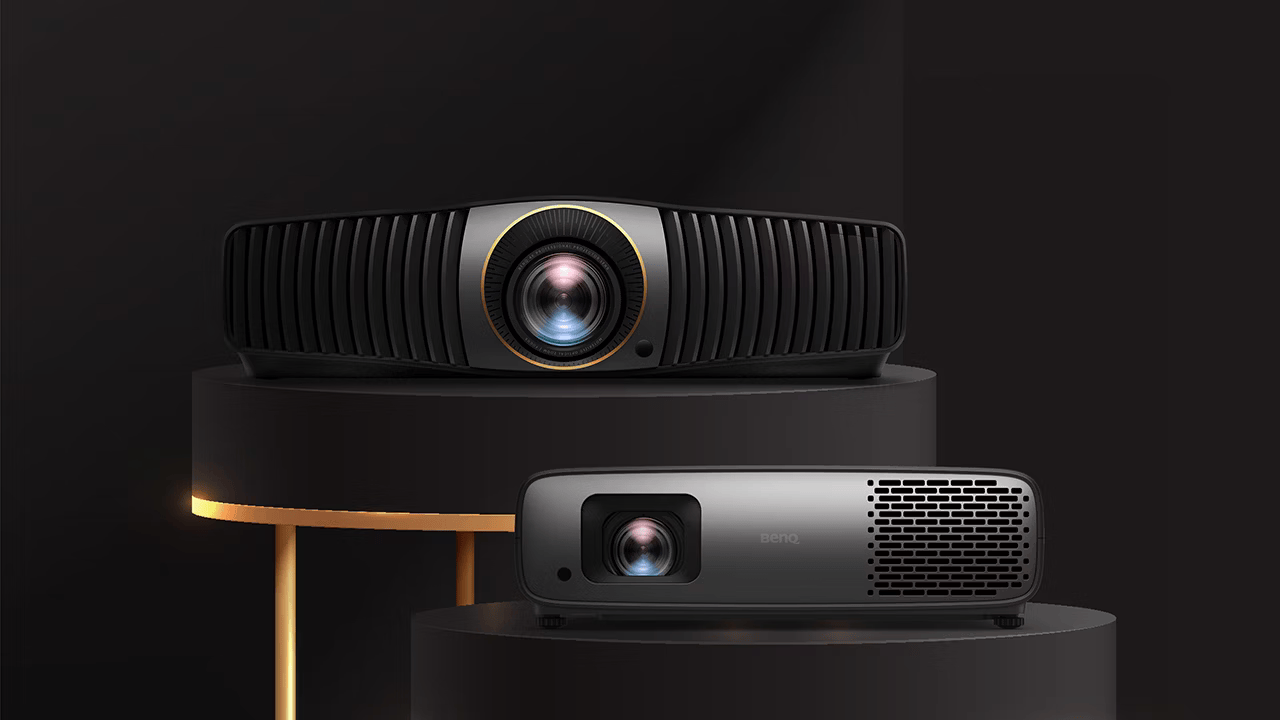After weeks of testing, I've identified the biggest problem I have with UST projectors
And it has nothing to do with picture quality
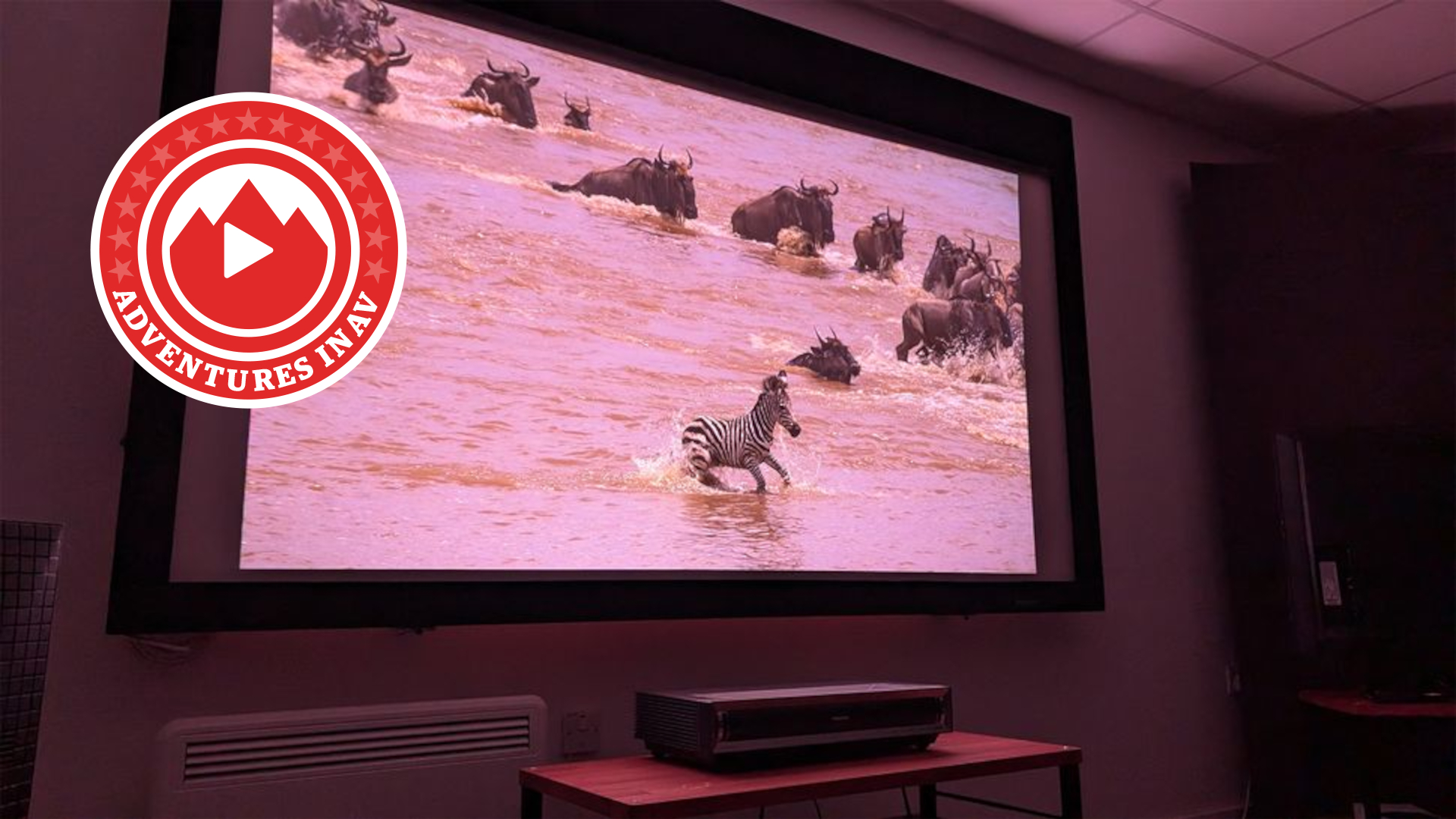
What Hi-Fi? takes pride in its comparative testing procedures. This is a process we’ve spent decades honing that sees us directly compare products against one another when we review them.
This is so that we always know first-hand how the product we’re testing compares with its direct rivals, rather than rely on memory.
Because of this, it is not uncommon for the team to review multiple products in one category at any given time.
It makes sense to test a group of new products against one another if they’re going to be competing for buyers’ attention, after all.
At the start of the year, I was involved in comparative testing of Mini LED TVs, running the Amazon Fire TV Omni Mini LED, Hisense U7N and TCL C855K against one another while reviewing them.
This month, because variety is the spice of life, I switched lanes and did the same with ultra short throw (UST) projectors, testing the Hisense PL2 and Hisense PX3 (reviews incoming).
The process saw us run them head to head and against their Award-winning predecessors, the Hisense PL1 and Hisense PX3 Pro. This involves a fair amount of manual labour.
Get the What Hi-Fi? Newsletter
The latest hi-fi, home cinema and tech news, reviews, buying advice and deals, direct to your inbox.
For hopefully obvious logistical reasons, we can’t run two USTs side by side, but have to manually swap each one in and out as we move through each of the 4K Blu-ray test discs and streaming services we use.
As well as making me swear like a sailor as my nearing 40-year-old back slowly gave out with each schlep, the experience also crystallised one key criticism I have for USTs as a category in my mind.
And it has nothing to do with the projectors’ approach to black levels, which I’ve criticised before, peak brightness or picture quality in general.
I hate their finnicky set-up processes
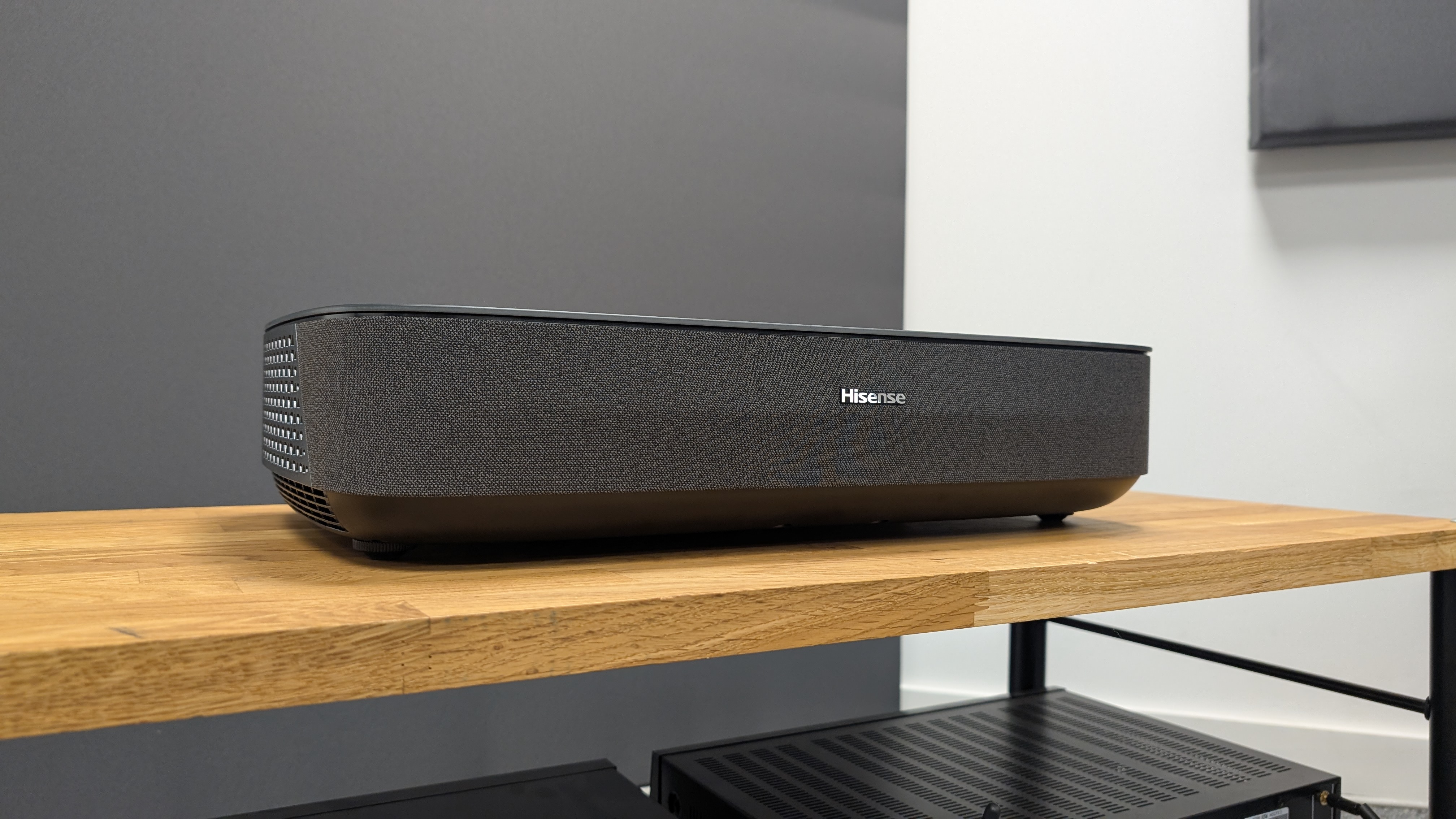
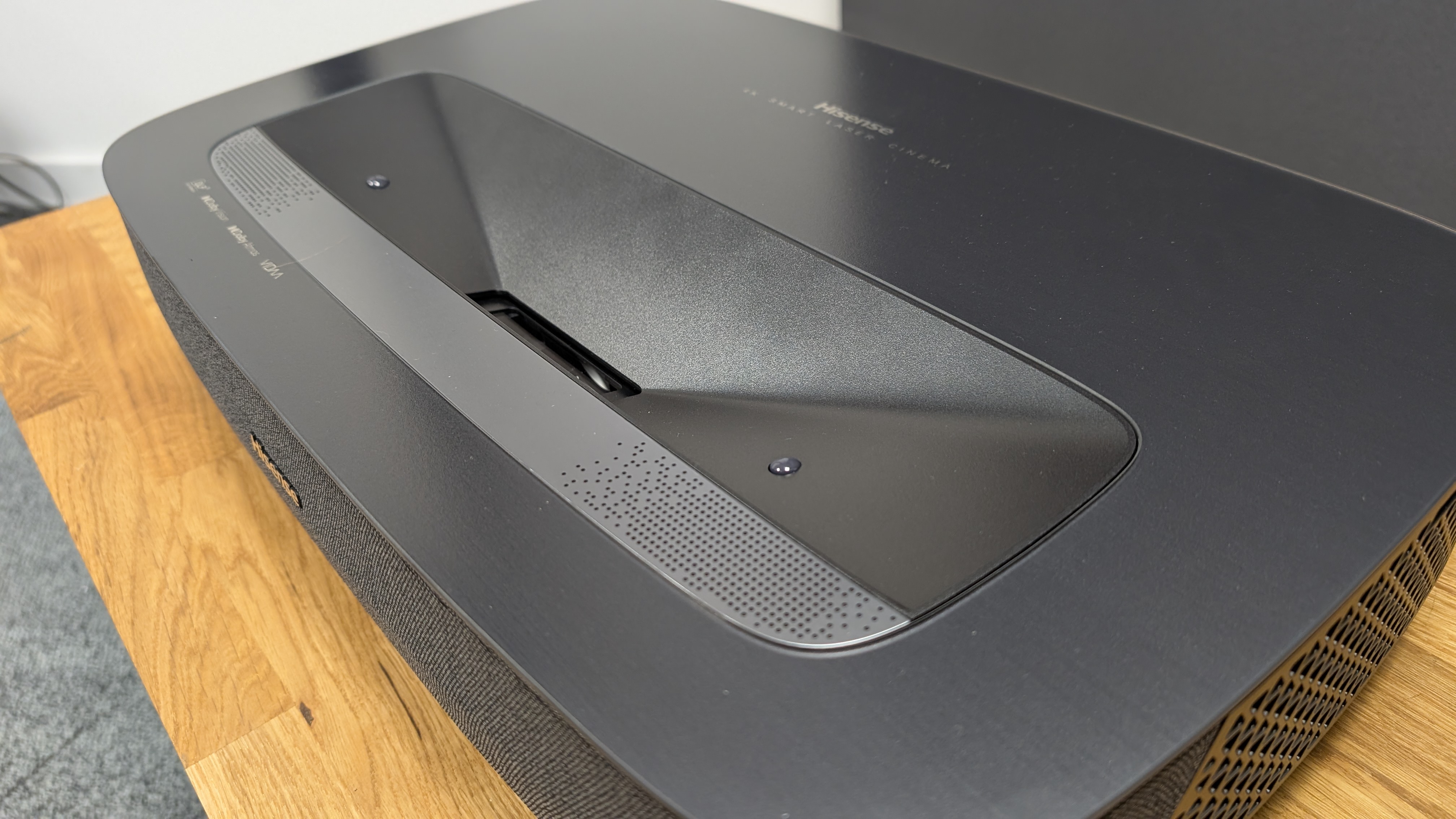
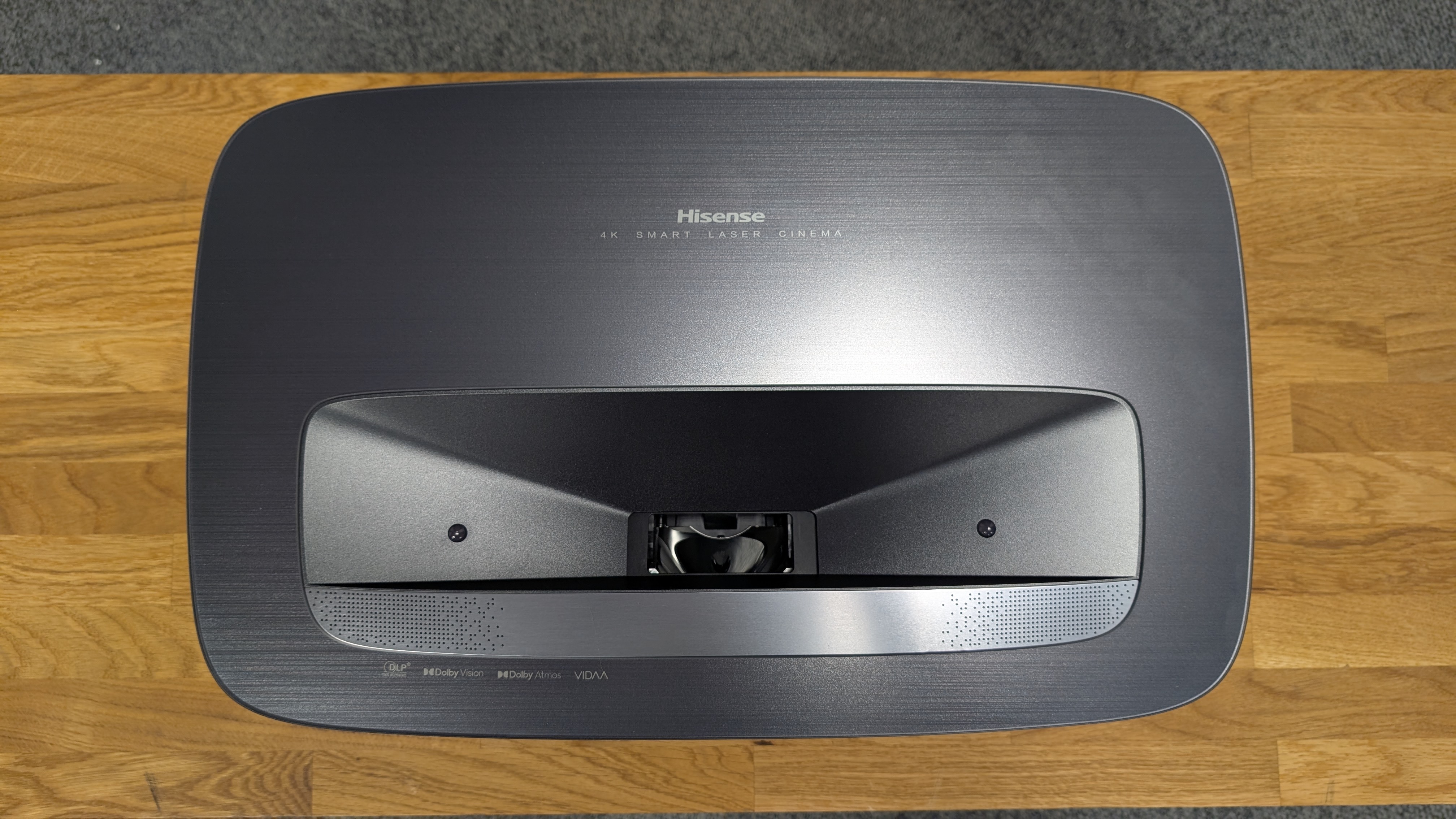
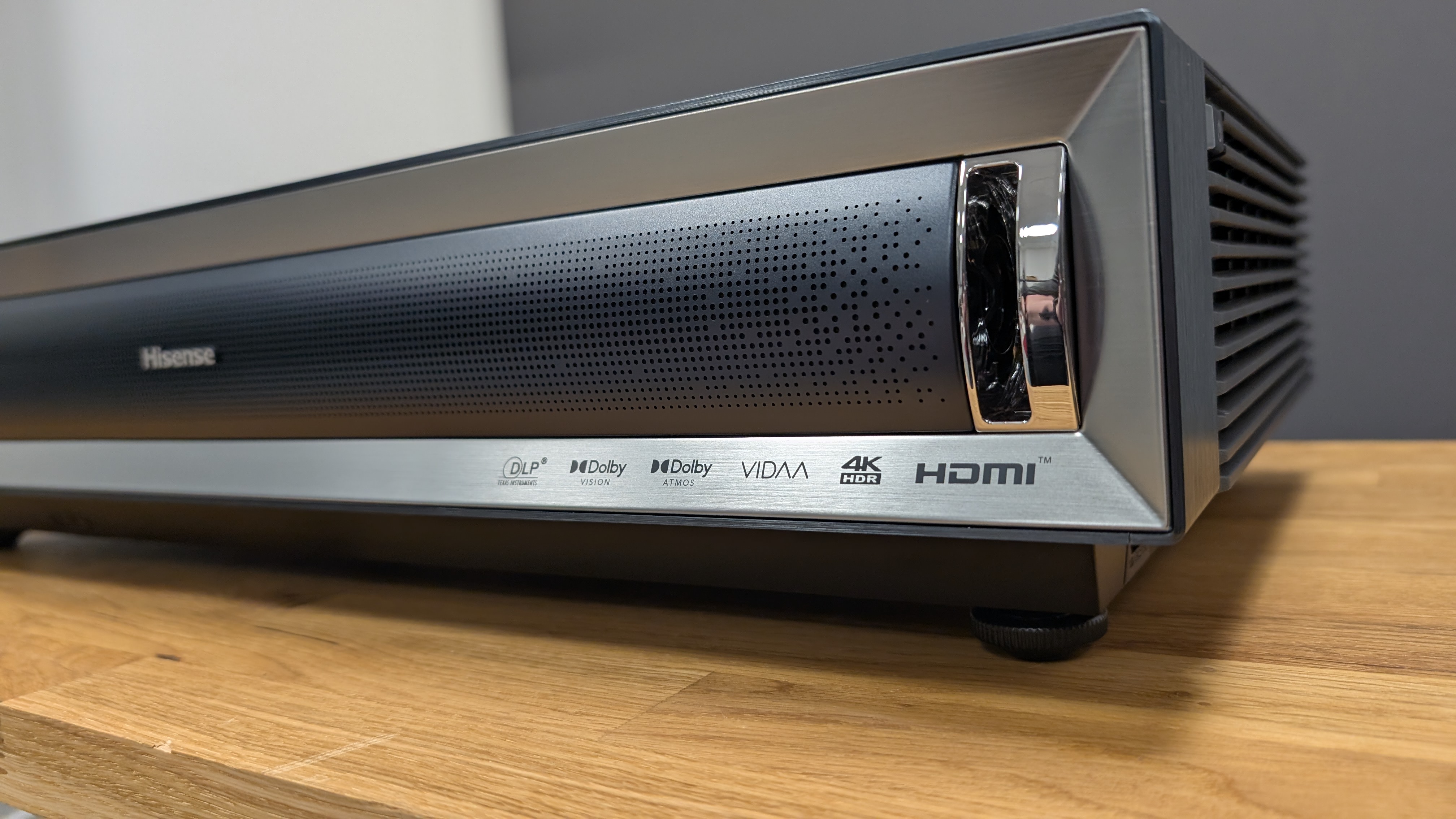
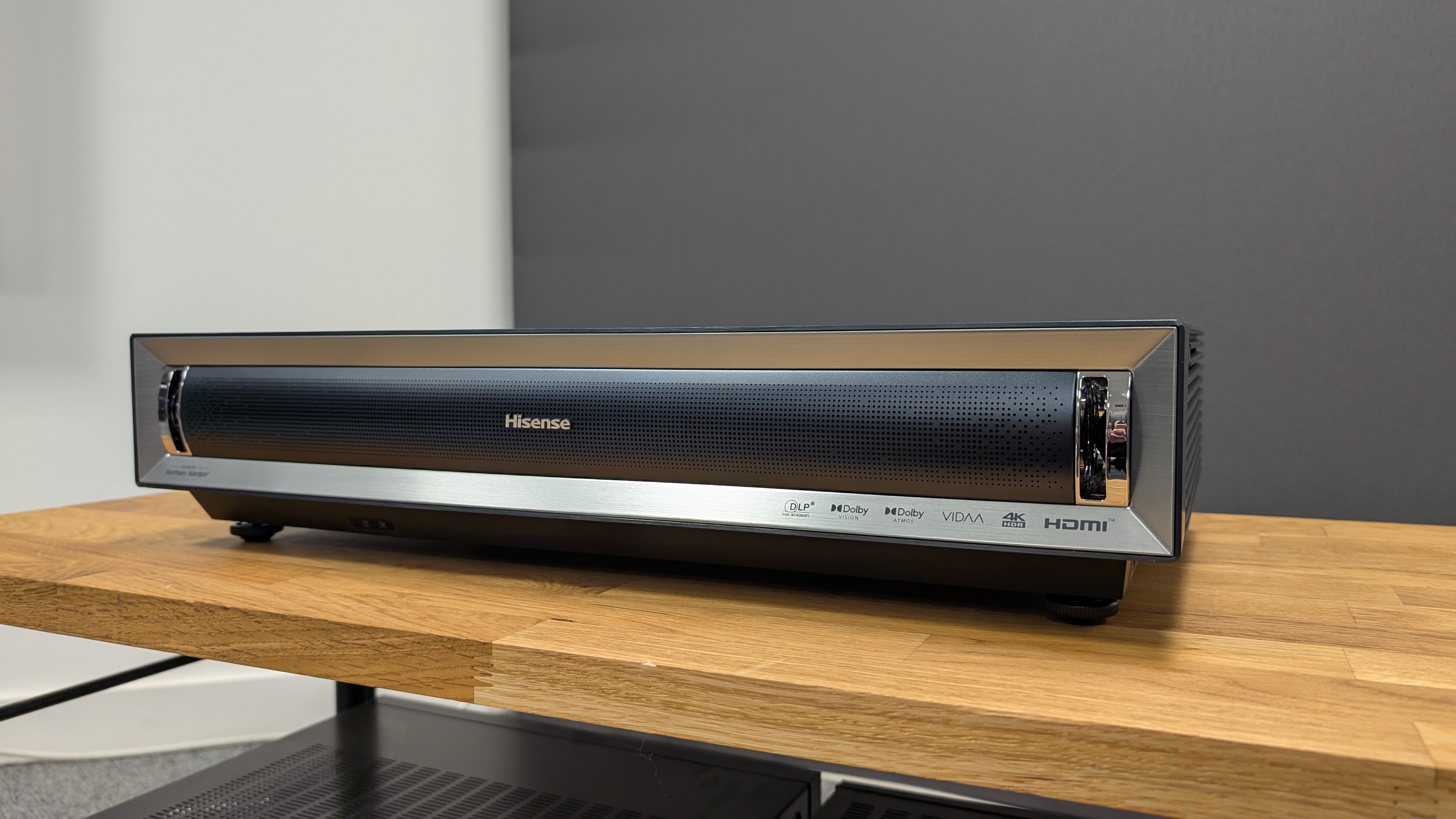
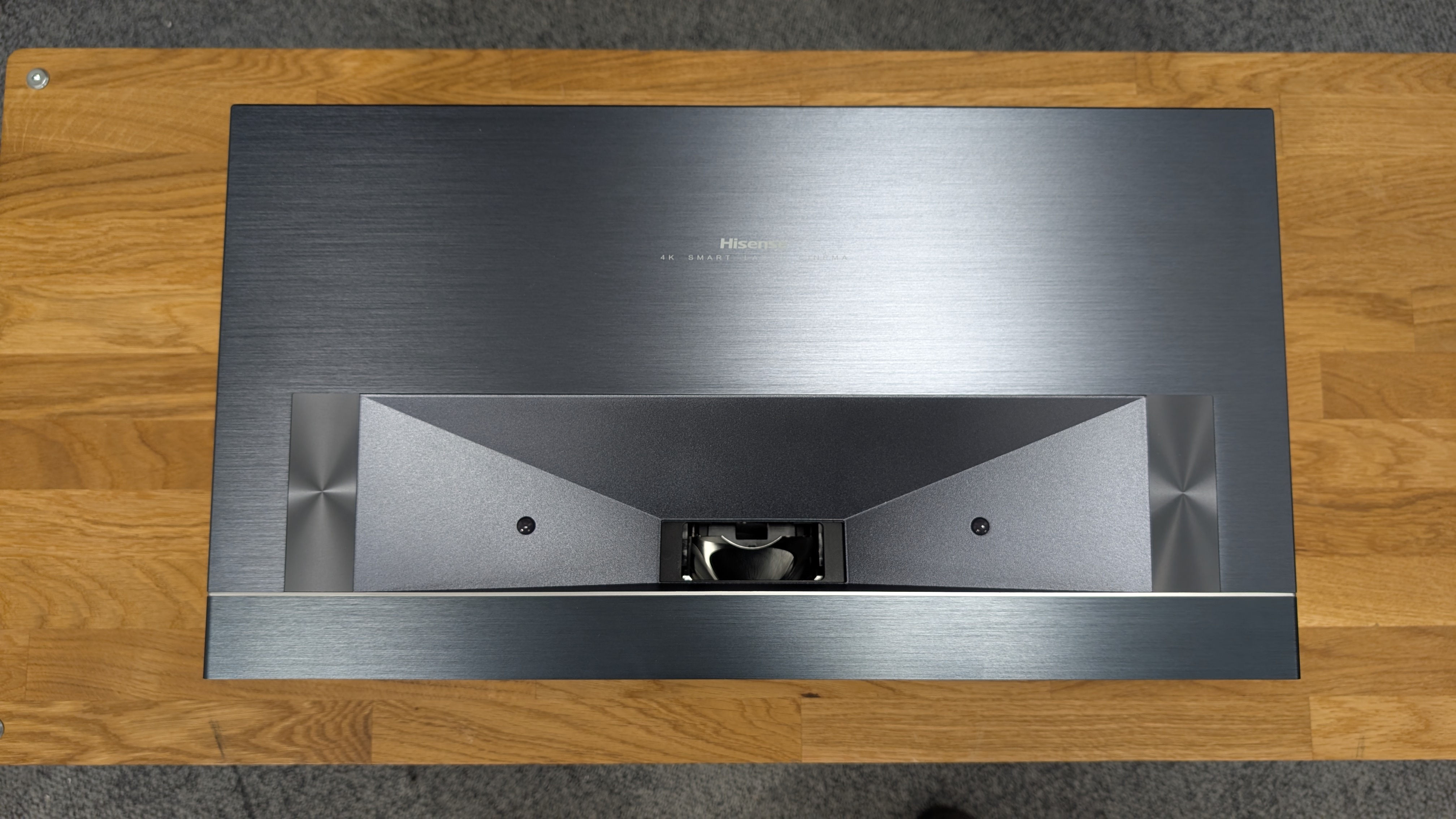
UST projectors are meant to be all about convenience. The idea being that you plonk the box on a flat surface next to the area you want to project onto and, with the push of a button, you can enjoy a 100-inch-plus home cinema experience.
I say 'idea', because after my current experience, I can confirm that is not the reality.
Out of the box, all the units push you to use an automated start-up process. This involves the projector throwing an image onto the surface you want to project onto. You then have to take a photo of it with your phone and upload it to a Hisense website.
The projector is then meant to optimise its settings and fit the picture to the space, correct any alignment issues and then be good to go.
Numerous other UST projectors from other brands What Hi-Fi? has tested feature similar set-up processes.
Great, right? Except it doesn’t work.
I have a rule that I always give the set-up process a proper go and will run these set-up processes five times before giving up. I’m yet to find one where I haven’t gone through the process five times.
After this, you have to manually set up the projector, a process that is outright rage-inducing as none of the USTs I’ve had my hands on have a physical lens control. Instead, you have to rely on physical positioning, adjusting the height using its feet and keystone correction.
This is not a simple process, especially if you’re doing it alone. All too often you’ll adjust one element to fix a corner being a little too high only to make the entire projected area lopsided.
My record for getting one good enough for testing out of the box is five minutes 30 seconds – and I’d had a lot of caffeine that day..
Even after that faff, if you move the unit even a fraction of an inch, you need to make corrections again.
This is a massive annoyance, especially for a category I can personally see the appeal of – to the point that I’m planning on using a UST at the centre of the home cinema room I plan to build later this year.
Getting a big, 100-plus-inch screen without the faff of ceiling mounting a long throw unit or having to devote that much space to a TV that size is a fantastic selling point for people who don’t have oodles of space.
Which is why I really hope UST makers take note and start working to improve their set-up and picture correction elements.
If they do, it will make the category so much more appealing for its target, more casual, market.
MORE:
These are the best projectors we’ve reviewed
We rate the best surround sound systems
Our picks of the best OLED TVs

Alastair is What Hi-Fi?’s editor in chief. He has well over a decade’s experience as a journalist working in both B2C and B2B press. During this time he’s covered everything from the launch of the first Amazon Echo to government cyber security policy. Prior to joining What Hi-Fi? he served as Trusted Reviews’ editor-in-chief. Outside of tech, he has a Masters from King’s College London in Ethics and the Philosophy of Religion, is an enthusiastic, but untalented, guitar player and runs a webcomic in his spare time.
You must confirm your public display name before commenting
Please logout and then login again, you will then be prompted to enter your display name.
